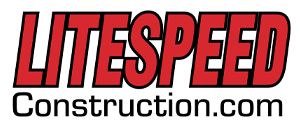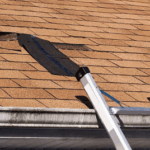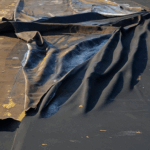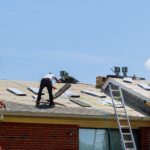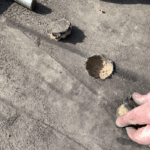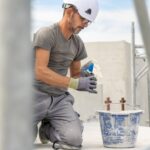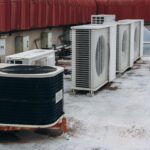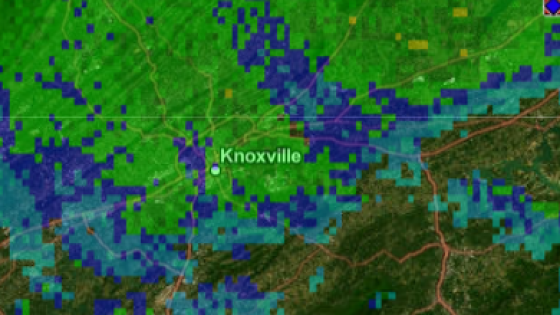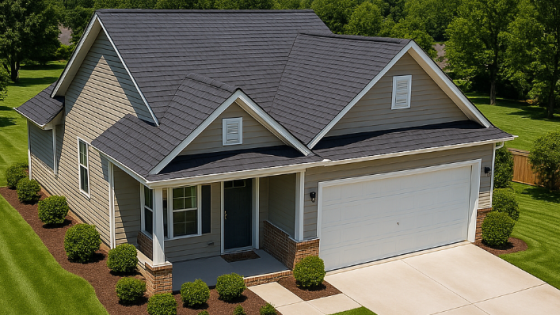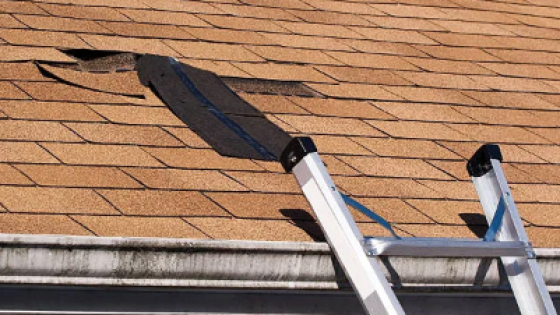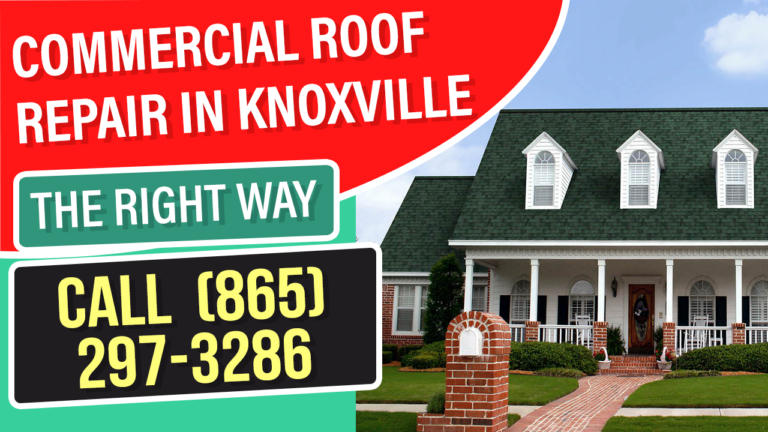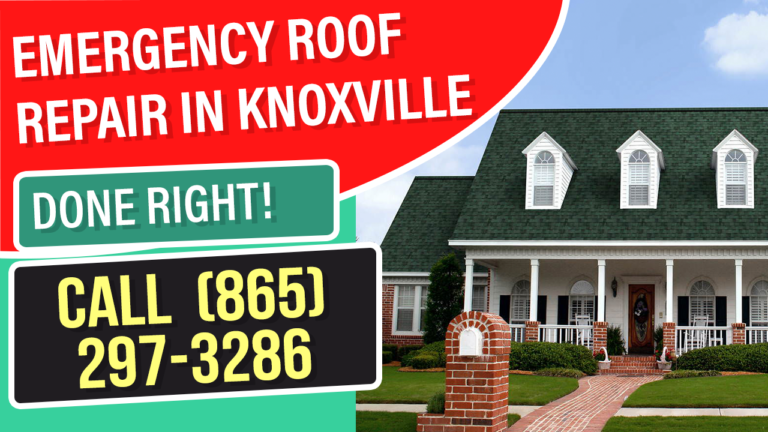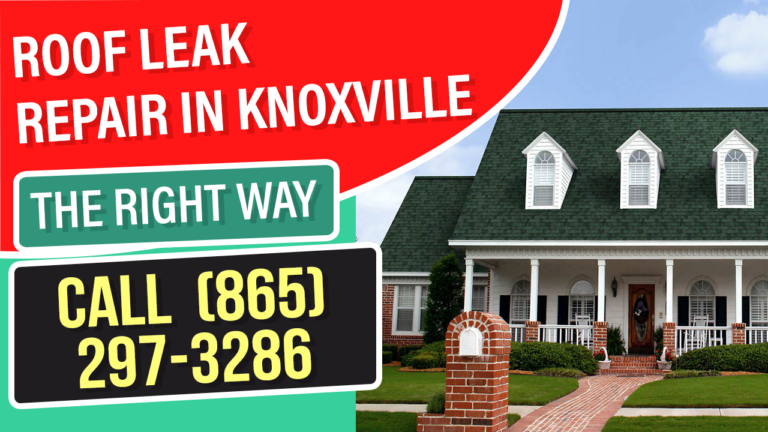When your Knoxville home suffers roof damage, your first instinct might be to contact your insurance company to file a claim. However, rushing into this step without a thorough roof inspection could cost you more than just time—it could jeopardize your entire claim. Understanding the critical role a professional roof inspection plays in the insurance claim process can mean the difference between a denied claim and full coverage for your repairs. In this guide, we’ll explore why getting a roof inspection before filing an insurance claim is not just a good idea, but an essential move to protect your investment and ensure peace of mind. Here’s a closer look at why roof inspections are indispensable:
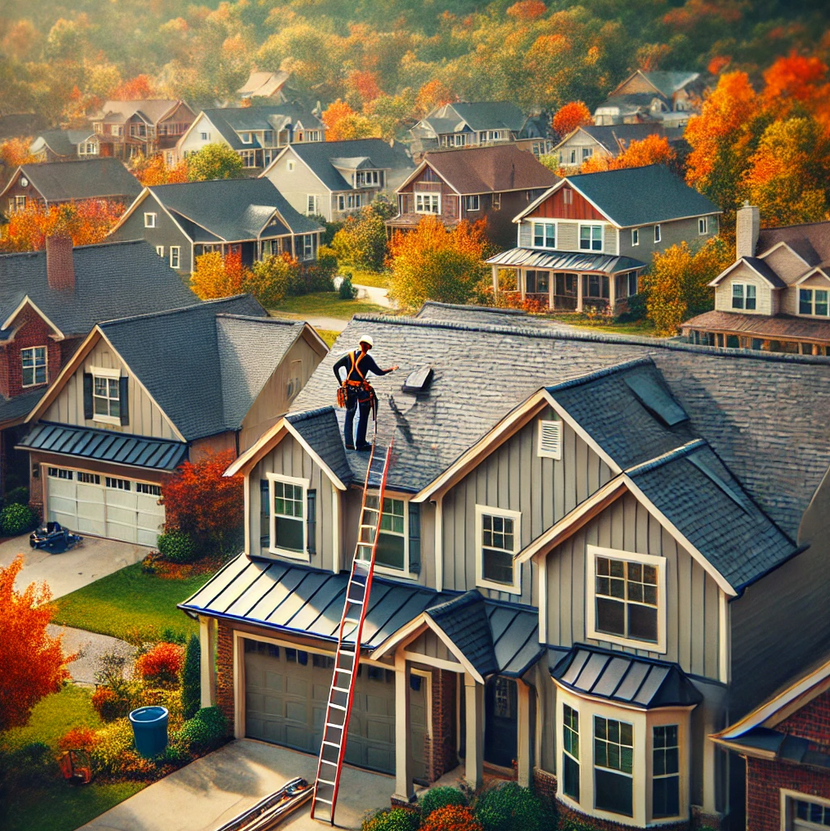
1.Identifying All Types of Roof Damage
Roof damage can manifest in various forms, from visible issues like broken shingles to more subtle problems such as structural weaknesses. A comprehensive roof inspection will uncover all potential issues, including:
-Surface Damage: This includes missing, cracked, or curled shingles, which can be easily spotted during an inspection. These types of damages often result from high winds, hail, or aging.
-Flashing Failures: Flashing is used to seal joints and seams on the roof, such as around chimneys, skylights, and vents. Damaged flashing can lead to leaks and water damage inside the home.
-Gutter Problems: Clogged or damaged gutters can cause water to back up under the shingles, leading to roof decay and water intrusion.
-Structural Issues: Sometimes, the damage isn’t just on the surface. Roof inspections can reveal deeper issues like sagging rooflines, which could indicate problems with the roof’s supporting structure.
-Ventilation and Insulation Concerns: Poor ventilation can lead to moisture buildup, which in turn can cause mold and rot. A roof inspection will check the attic and roof vents to ensure they are functioning correctly.
2.Mitigating Future Risks
A roof inspection doesn’t just help with the current claim—it can also prevent future problems. By identifying and addressing issues early, homeowners can avoid more extensive and costly repairs down the road. For example, a small leak discovered during an inspection can be repaired before it causes significant water damage to the interior of the home.
3.Strengthening Your Insurance Claim
Insurance companies require evidence to process claims. The more detailed and accurate the evidence, the better your chances of having the claim approved. A professional roof inspection provides:
-Photographic Evidence: High-resolution images of the damage, taken by the inspector, serve as undeniable proof of the roof’s condition.
-Detailed Written Reports: These reports explain the extent of the damage, the likely cause, and recommended repairs. They also include a professional estimate, which helps in negotiating with the insurance company.
-Timeline of Damage: Inspectors can often determine when the damage occurred, which is crucial for insurance claims, as policies usually cover specific incidents within a defined timeframe.
How Insurance Companies Evaluate Roof Claims
Understanding how insurance companies evaluate roof claims can help homeowners prepare better and navigate the process more efficiently.
1.Policy Coverage and Limitations
Insurance policies vary widely, and it’s essential to know what your specific policy covers. Typically, homeowner’s insurance covers damage caused by:
-Weather Events: This includes storms, hail, wind, and heavy snowfall, which are common in Knoxville.
-Falling Objects: If a tree limb or other debris falls and damages your roof, this is generally covered.
-Fire and Vandalism: Damage caused by fire or intentional acts is usually covered under standard policies.
However, insurance often does not cover damage due to:
-Neglect: If the roof damage is due to a lack of maintenance, such as ignoring leaks or failing to replace old shingles, the claim may be denied.
-Wear and Tear: Aging roofs with no specific event causing the damage are not typically covered.
-Mold and Rot: If these issues result from long-term neglect or poor maintenance, they are usually not covered.
2.The Claims Process
The insurance claim process involves several steps, each of which can be influenced by the initial roof inspection:
-Notification: Homeowners must notify their insurance company of the damage as soon as possible. Delays can result in claim denial, particularly if the damage worsens over time.
-Documentation Submission: Submit the inspection report, photos, and any other relevant documentation to the insurance company.
-Adjuster Visit: The insurance company will send an adjuster to inspect the damage. Having a professional roof inspection report beforehand can help guide this visit, ensuring all damage is recognized.
-Approval and Payment: Once the claim is approved, the insurance company will offer a settlement based on the estimated repair costs. If the settlement is lower than expected, the inspection report can be used to negotiate a higher amount.
Additional Considerations for Knoxville Homeowners
1.Seasonal Inspections
Knoxville experiences a range of weather conditions throughout the year, each posing different risks to your roof. Scheduling seasonal inspections can help prevent damage from:
-Spring and Summer Storms: Heavy rains and thunderstorms can cause leaks and wind damage.
-Fall: Falling leaves can clog gutters, leading to water damage.
-Winter: Snow and ice accumulation can stress the roof structure, potentially leading to ice dams and leaks.
2.Choosing the Right Roofing Contractor
Not all roofing contractors are created equal. When selecting a company for your roof inspection, consider the following:
-Local Expertise: Choose a contractor familiar with Knoxville’s climate and the specific challenges it poses.
-Licensing and Insurance: Ensure the contractor is fully licensed and insured to protect yourself from liability.
-Reputation: Look for contractors with excellent reviews and ratings from local customers.
-Experience with Insurance Claims: A contractor who regularly handles insurance claims can help you navigate the process more smoothly.
3.Maintenance and Upkeep
Regular maintenance can extend the life of your roof and prevent many common problems. This includes:
-Gutter Cleaning: Keeping gutters clear of debris prevents water from backing up and damaging the roof.
-Shingle Replacement: Promptly replacing missing or damaged shingles can prevent leaks.
-Trimming Overhanging Trees: This reduces the risk of branches falling on the roof and causing damage.
FAQs About Insurance Claims
Costs can vary, but many roofing companies offer free inspections. For more detailed assessments, costs might range from $100 to $300, depending on the roof's size and complexity.
While an inspection isn’t legally required, lacking one can weaken your claim, leading to potential denial or reduced payouts.
Yes, getting a second opinion from a trusted roofing contractor can help ensure you receive a fair settlement.
Review your policy or consult with your insurance agent. Generally, damage from sudden, unforeseen events is covered, while gradual wear and tear is not.
You should still report it to your insurance company, but delays could complicate the claims process, especially if further damage has occurred.
If the roof needs replacement due to covered damage (e.g., severe storm), insurance typically covers it, minus the deductible.
Having all documentation ready, including the inspection report and photos, can help. Additionally, working with a contractor experienced in insurance claims can expedite the process.
It’s possible. Insurance companies may raise premiums after a claim, but this depends on the policy and insurer.
Yes, unresolved roof damage can cause leaks, structural damage, mold growth, and even electrical problems.
